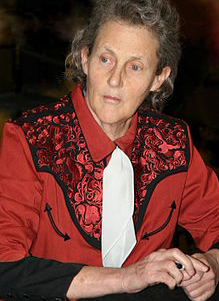Source: National Farm Animal Care Council, Code of Practice for the Care and Handling of Beef Cattle Section 3.3.3
Nutritional disorders associated with high energy feeding include acidosis (grain overload), liver abscesses, and laminitis. In most cases, acidosis is the...
Source: Alberta Beef Producers
PROJECT NO.: ANH.12.18
LEAD RESEARCHERS: Dr. Cheryl Waldner (Western College of Veterinary Medicine)
COLLABORATORS: John Campbell, Nathan Erickson (Western College of Veterinary Medicine)
Background:
Bovine Respiratory Disease (BRD or shipping fever) is the most common and costly disease affecting beef...
Source: Ministry of Agriculture, Food and Rural Affairs
Today's feedlot rations often contain a high inclusion of grains and grain byproducts with some level of roughage inclusion. While the objective of feeding finishing cattle a ration with a high amount of...
Source: South Dakota State University, Russ Daly, Professor, SDSU Extension Veterinarian, State Public Health Veterinarian
While we usually think of foot problems in feedlot calves occurring in conjunction with warm, muddy conditions, wintertime also brings a certain set of conditions that can...
Source: Grandin Livestock Handling Systems
Beef Feedlot
Heat Relief - Panting cattle are heat stressed. The need for shade or sprinklers will depend on the geographic area. Heat stress reduces weight gain. More likely to occur in cattle fed beta-agonists...
Source: Alberta Agriculture and Forestry
What is the latest number of cattle in feedlot before going to market? Jason Wood, provincial livestock market analyst with Alberta Agriculture and Forestry, compares the latest cattle on feed reports and looks at the...
Source: Canadian Cattlemen's Assocation
The cattle cycle is propelled by a free market profit cycle that begins with consumer preference for beef. In a free market economy, stronger beef demand leads to stronger fed cattle demand; this leads to stronger...
Source: King Ranch news release
King Ranch, Inc. announced today that it has acquired a 50% stake in Cobalt Cattle, the nation's fourth-largest cattle feeding operation with six feedyards in Colorado, Kansas and Texas.
"We are excited about this opportunity and...
Source: University of Minnesota Extension, Pete Anderson, former Extension beef cattle specialist
Quick facts
Starting weight and age greatly affect feed intakes.
Large-framed cattle have more efficient gains because they are less mature than small-framed cattle at equal weight or age.
...
Source: PennState Extension
First, feedlot transition should be defined. Feedlot transition refers to the first 21 to 28 days that new cattle arrive at a confinement facility. During this time frame, cattle are faced with many changes; therefore, transitioning newly...













